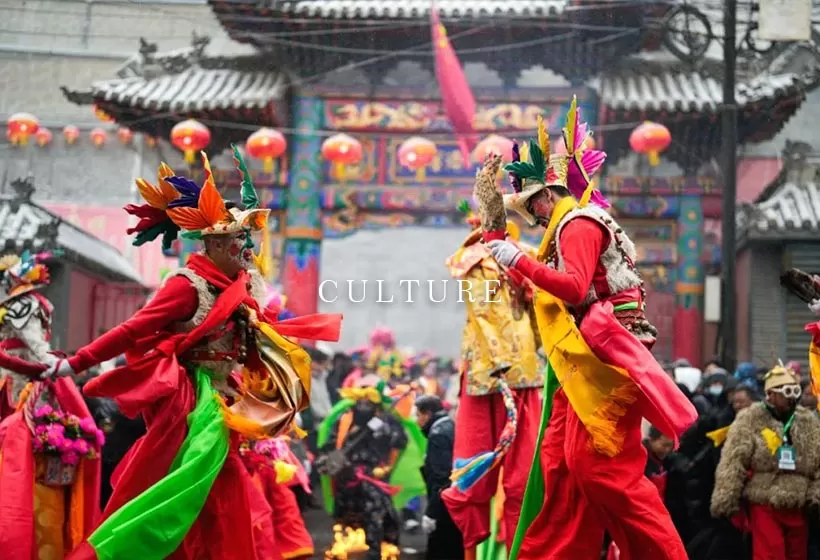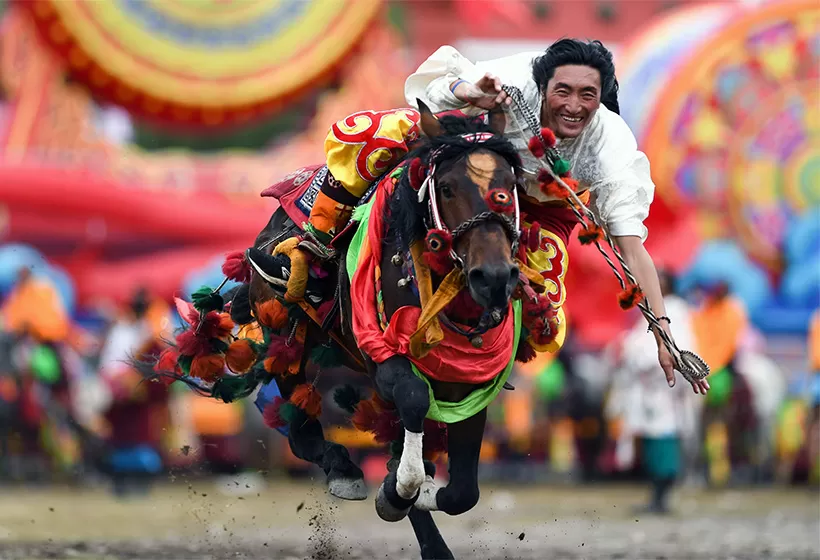Short Introduction to Xining Local Culture: History, Festival, etc.
Xining City, also named the Xiadu, is the provincial capital of Qinghai. Located in the northwest of China, in the eastern part of Qinghai Province, within the Huangshui River Valley Basin, Xining serves as the eastern gateway to the Qinghai-Tibet Plateau. It has long been a crucial passage on the ancient Southern Silk Road and the Tang-Tibet Ancient Road, making it a historically significant transportation hub and military stronghold in the northwest. Known as the "Key to the Western Sea" and the "Throat of the Qinghai and Tibet", it is also one of the world's highest-altitude cities.
Xining boasts a rich historical and cultural heritage, unique natural resources, and vibrant ethnic traditions, making it a shining gem on the Qinghai-Tibet Plateau. Walking through its streets and alleys, you can experience the collision of modern multicultural influences, hear the harmonious blend of artistic expressions, and immerse yourself in the profound charm of traditional Chinese culture.
Brief History
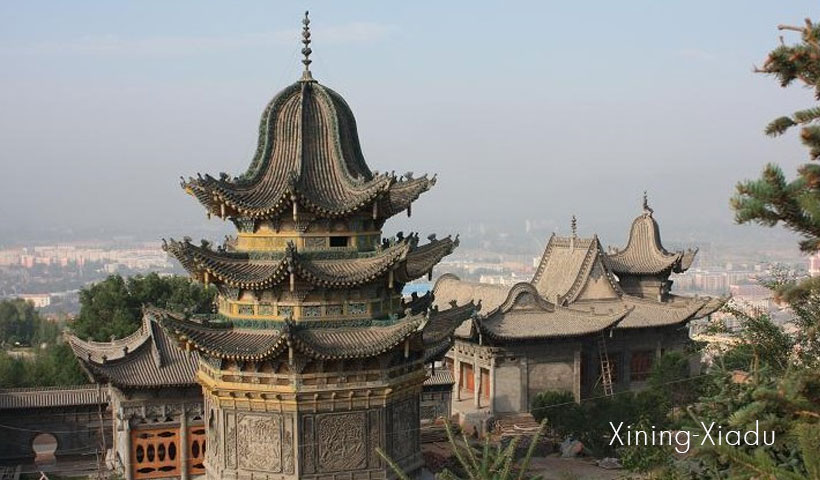 Brief History
Brief HistoryXining is an ancient highland city with a long history and is an integral part of the cultural heritage of the Yellow River Basin. As early as four to five thousand years ago, humans lived on this land, engaging in production and daily life, and gradually thriving. During the Shang, Zhou, Qin, and Han dynasties, the Hehuang region was the central settlement of the ancient Qiang people.
In 121 BCE, as the Han army advanced westward into the Huangshui River Basin, General Huo Qubing established a military outpost called Xiping Sentry, meaning "peace in the west-frontier", marking the beginning of Xining's administrative. During the Eastern Han Dynasty, Xiping Commandery was established, with its administrative center in Xidu County.
Throughout the Wei, Jin, and Southern and Northern Dynasties, Xining experienced intermittent wars. However, as the southern Silk Road continued to develop, Xining gradually became a trade hub and transit station, leading to population growth, commercial prosperity, and the introduction of Buddhism.
During the Sui and Tang dynasties, political marriages and trade exchanges between the Sui Dynasty and Tuyuhun, as well as between the Tang Dynasty and the Tubo, transformed Xining into a major commercial and transportation center in the Hehuang region. After the An Lushan Rebellion, the Tang army withdrew eastward, and Xining became a Tubo military base.
At the beginning of the Song Dynasty, the Tubo Gusiluo regime moved its capital here, renaming it Qingtang City. In 1104, the Northern Song Dynasty recaptured Qingtang and renamed it Shanzhou, later changing it to Xining Prefecture, marking the first official use of the name "Xining".
In 1227, Genghis Khan and the Mongol Empire occupied Xining Prefecture. In 1286, it was incorporated into the Gansu Province established by the Yuan Dynasty. During the Qing Dynasty, Xining served as the administrative seat of the Qinghai Amban (a local military and political governor). Although it remained under the jurisdiction of Gansu Province, this role laid the foundation for Xining to later become the capital of Qinghai Province.
In 1929, Qinghai was officially established as a province, with its capital in Xining County. In 1946, Xining was formally designated as Xining City.
Ethnic Minority
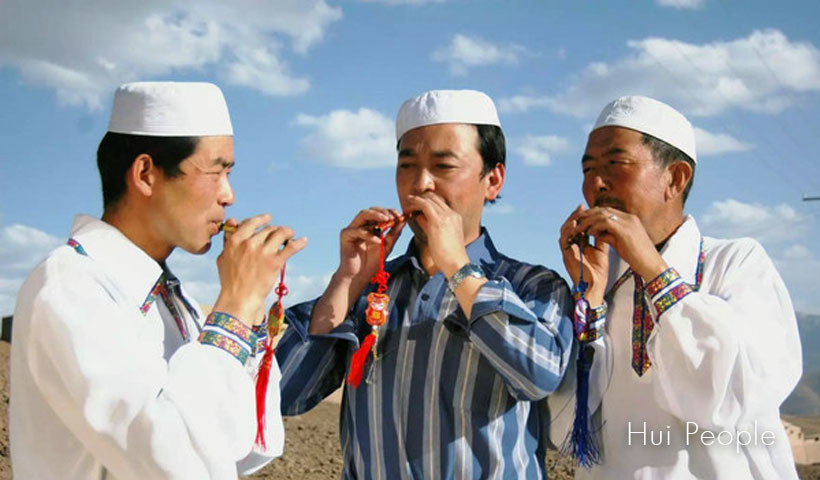 Hui people
Hui peopleThe Hui people are descendants of traders who came along the Silk Road from countries like Arabia and Persia, and the largest ethnic group in Xining. They are a hardworking, brave, and intelligent people, known for their business acumen. Islam plays a dominant role in Hui culture, forming an essential part of Xining’s diverse cultural landscape. Their culinary skills are exceptional, with beef and mutton as main ingredients, and they can create hundreds of delicious dishes.
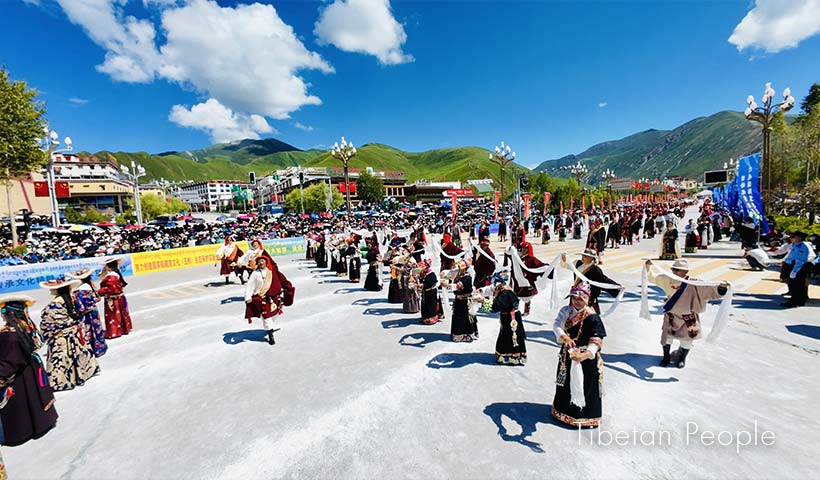 Tibetan people
Tibetan peopleThe Tibetan people are the second largest ethnic group in Xining, with a deep love for the vast grasslands. They love horses, know horses, are skilled riders, and are brave and strong, embodying a spirit of valor and martial prowess. From the portable, durable, and easily assembled cowhide tents to their rough, hearty, and joyful folk dances, all of their traditions can be traced back to their nomadic way of life, moving with the water and grass.
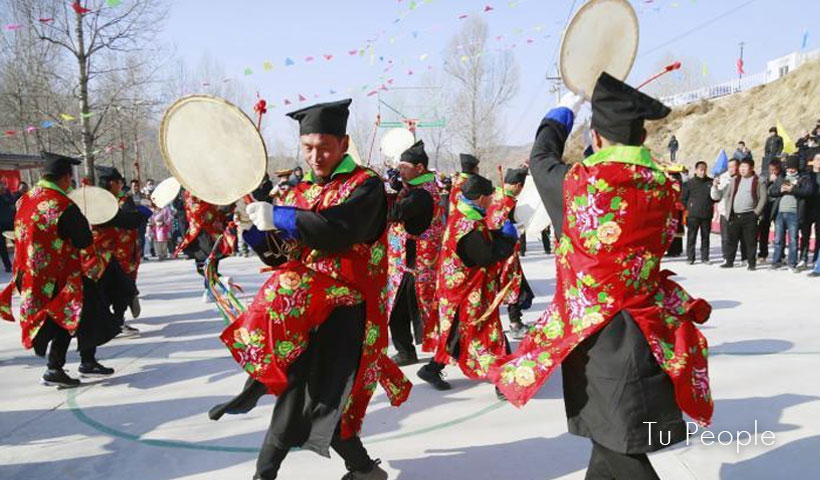 Tu people
Tu peopleThe Tu (Monguor) people mainly live in the northern part of the Huangshui River and along the Yellow River. They have a close relationship with the Mongols and are known for their ability to sing and dance, with unique folk arts such as the Anzhao dance and the wheel dance. Their rich oral literature and songs are an integral part of their culture.
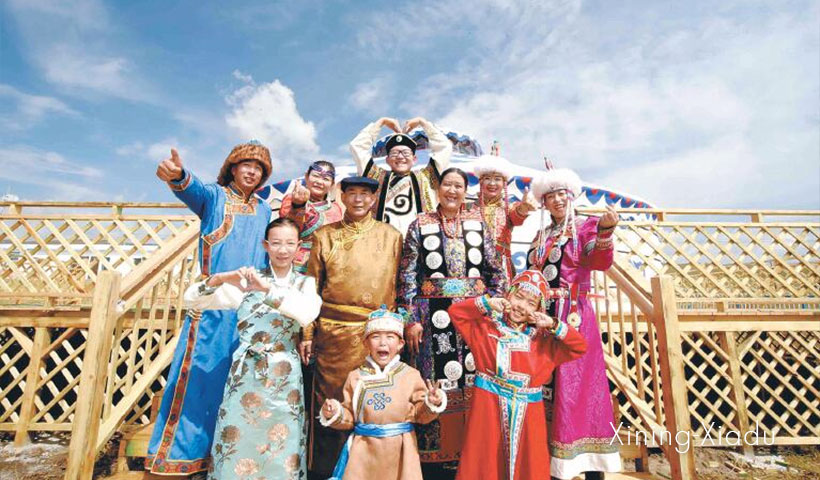 Mongolia people
Mongolia peopleThe Mongolia people of Qinghai are one of the most integrated Mongol groups, known for their grassland culture and nomadic lifestyle. They practice Tibetan Buddhism while also retaining traditional Mongol sports like wrestling, horse racing, archery, as well as musical arts like playing the morin khuur (horsehead fiddle) and singing long tunes.
 Salar people
Salar peopleThe Salar people live along the Yellow River and have their own language. Over time, they have merged with ethnic groups like the Han, Tibetan, and Hui. They are known for their hospitality, respect for formality, and skills in gardening, timbering, and leatherworking. One of their notable skills is rafting on the turbulent Yellow River, a technique they have perfected over the years.
Special Festivals
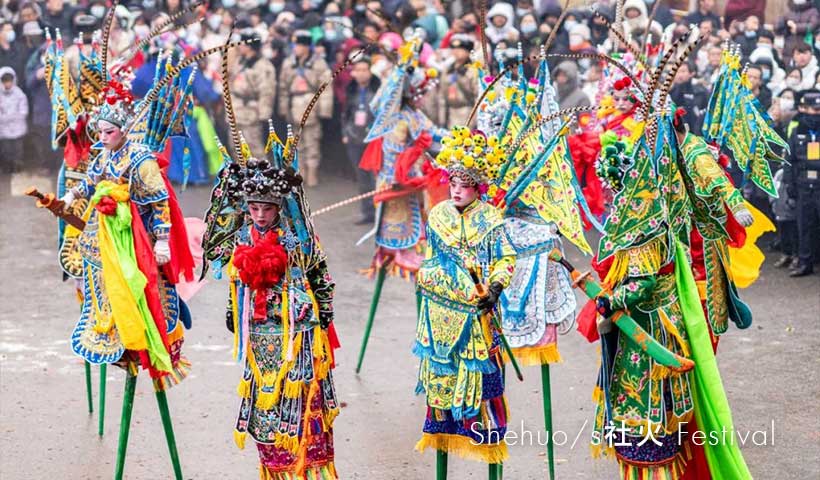 Shehuo Festival
Shehuo FestivalOn the vast highland land, the Shehuo Festival is an ancient yet vibrant folk event, shining like a brilliant star that illuminates people's spiritual world and has become an indispensable grand celebration every Chinese New Year. On the days of traditional Shehuo performances, Xining transforms into a sea of joy. In every street and alley, Shehuo performance troupes of various styles take the stage, each showcasing their unique charm. The entire city buzzes with excitement, immersed in a rich festive atmosphere.
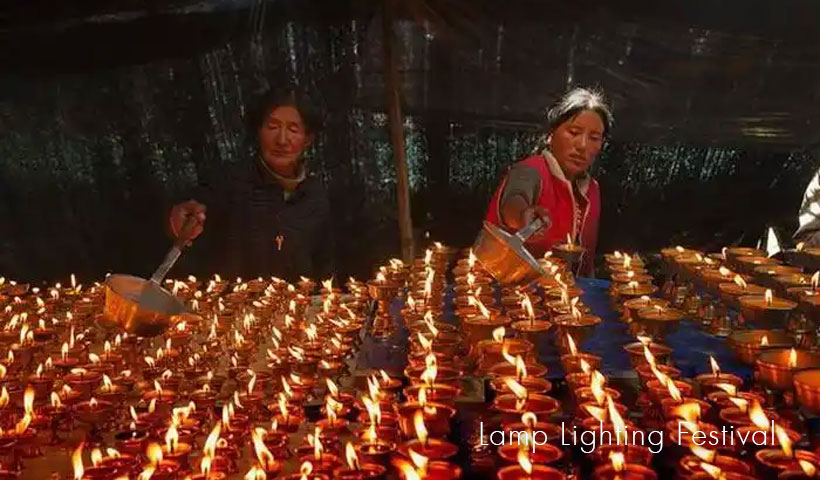 Lamp Lighting Festival
Lamp Lighting FestivalThe Lamp Lighting Festival (Galdan Namchot) is held on October 25th to commemorate the death anniversary of Tsongkhapa, the founder of the Gelug school of Tibetan Buddhism. On this day, Tibetan Buddhist monasteries in Qinghai and Tibetan households light butter lamps in their prayer halls, while people engage in prayers, circumambulations, and kowtows, lasting for five to seven days.
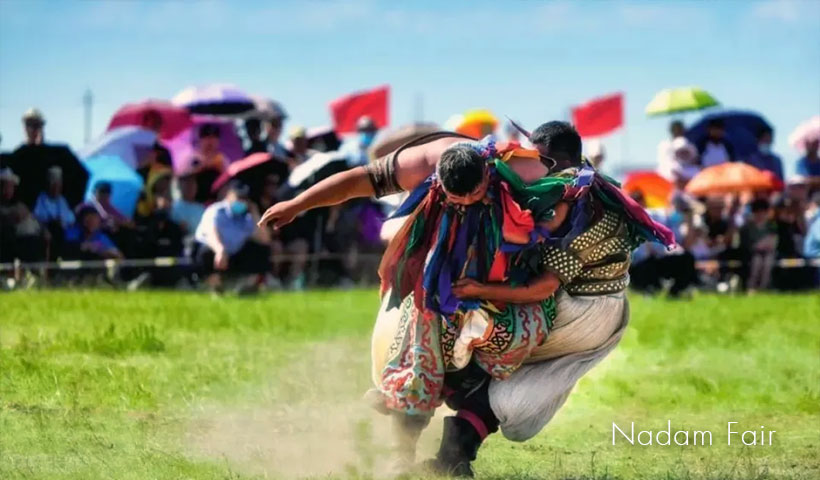 Nadam Fair
Nadam FairThe Nadam Fair is an ancient traditional Mongolian festival. Held in the months of July and August, during the peak of livestock's health, this event celebrates harvests and features exciting activities such as horse racing, wrestling, archery, and captivating song and dance performances.
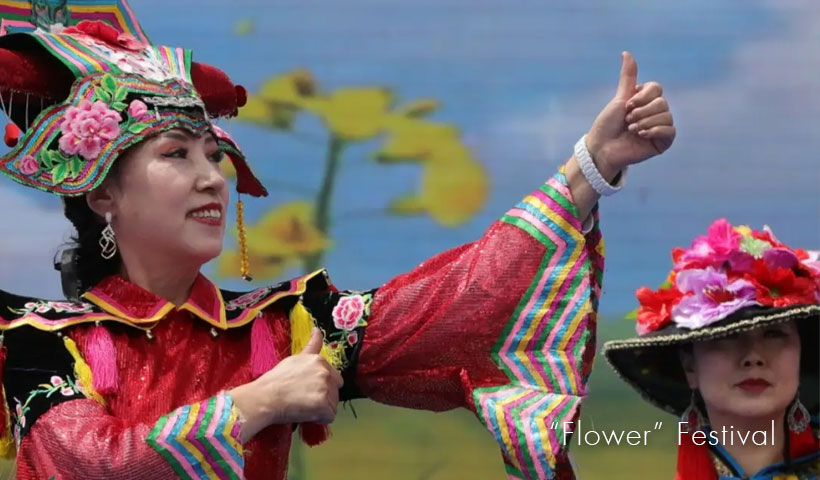 "Flower" Festival
"Flower" FestivalThe Datong Mountain Pilgrimage Festival is believed to have originated in the late Ming and early Qing dynasties. Every year, on the 6th day of the 6th lunar month, the grand and mysterious pilgrimage ceremony takes place, and people pray for peace, good fortune, and favorable weather. During this time, the "Flower" festival and acrobatic performances are also held.
Diet Style
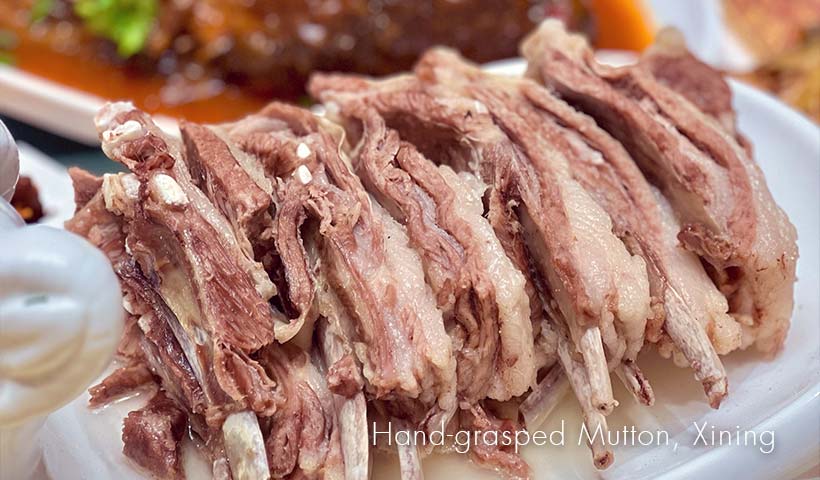 Hand-grasped Mutton
Hand-grasped MuttonIn Xining, the allure of food is everywhere. From the tangy, spicy, and smooth-textured Rang Pi, to the rich, creamy, and fragrant yogurt, to the hearty and soul-warming Old Hot Pot, and the irresistibly crispy and spicy Kang-Pot Lamb Ribs, each dish carries a deep history and tells a story of time. From coarse pottery and cast iron to wooden bowls and copper pots, every utensil quietly speaks of the plateau's character—simple yet unique. Sour, spicy, gamey, fresh, and aromatic, each flavor measures the dimensions of life, weaving together the diverse and distinctive tastes of Xining's cuisine. These flavors narrate the brilliant chapter of multi-ethnic coexistence and cultural fusion on this land.
Xining's snacks are rich in ethnic characteristics, often summarized in one word: "halal", with a focus on noodles, beef, and lamb. Unlike the refined and delicate cuisine of southern China, most of the snacks here carry a rustic, street-food vibe, unpretentious in appearance and craftsmanship. As you walk through the streets, the intense aromas of cumin, beef, lamb, baked bread, hand-pulled noodles, fresh fruits, and chili oil will waft from every corner, filling your senses and leaving you utterly captivated.
Cultural Heritage
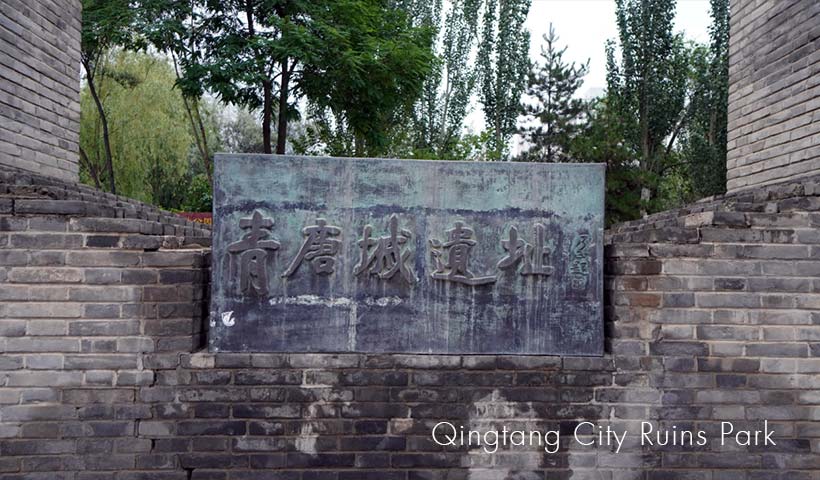 Qingtang City ruins
Qingtang City ruinsXining, historically known as Qingtang City, is deeply connected to the ancient Qingtang City ruins, a site that cannot be overlooked when discussing Xining's historical legacy. The Qingtang City Ruins Park seamlessly integrates the preservation of ancient relics with urban landscaping. The city walls, weathered by centuries of wind and rain, still stand as witnesses to its former prosperity. The Hutai Ruins mark the entry of the Southern Liang regime into ancient Xining; the Shenna Ruins represent the earliest settlements of Xining's inhabitants; and the Kayue Ruins tell the turbulent history of the ancient Qiang people. Not to mention the renowned Kumbum Monastery and Dongguan Mosque, both iconic cultural heritage sites that collectively narrate the memories of Xining.
Situated at the junction of the Loess Plateau and the Qinghai-Tibet Plateau, Xining's cultural and artistic development is rich with ethnic and regional characteristics. The butter sculptures, embroidered thangkas, and murals of Kumbum Monastery, a sacred site of Tibetan Buddhism, are celebrated as the "Three Wonders", alongside the acclaimed Huangzhong farmer paintings, both of which enjoy international fame. Traditional performances include Tibetan opera, shadow puppetry, Yu opera, and Qinqiang opera. Folk music features the beloved "Hua'er" folk songs of the Tu and Salar ethnic groups. Dance forms range from the Han ethnic group's Shehuo performances, the Tu ethnic group's Anzhao dance, the Hui ethnic group's banquet dance, the Salar ethnic group's wedding dance, to the Tibetan Guozhuang dance.
City of Snow Leopards
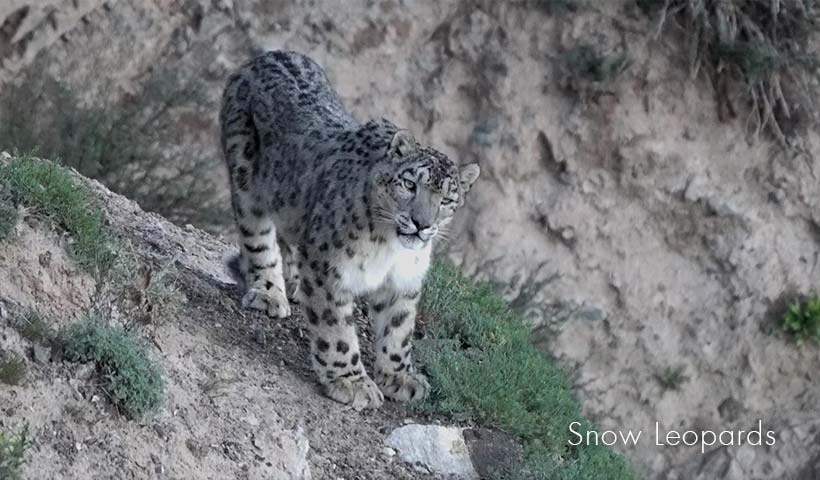 Snow Leopards
Snow LeopardsKnown as the "King of the Snowy Mountains", the snow leopard is found in over a dozen countries worldwide. In China, it primarily inhabits Qinghai, Tibet, Gansu, and Xinjiang. As a first-class protected wildlife species, the snow leopard plays a crucial role in maintaining mountain ecosystems.
As early as 1984, the Xining Wildlife Park became the first in China to successfully breed snow leopards in captivity. Currently, fewer than 20 snow leopards are publicly exhibited in China, with 12 of them residing at Xining Wildlife Park. The park is also home to the only three surviving captive-bred snow leopards, all born and raised here. These "highland spirits" have become the stars of Xining Wildlife Park, consistently holding the spotlight.
Qinghai is known as the "Province of Snow Leopards" and their "first homeland". As the provincial capital, Xining naturally serves as the "City of Snow Leopards". In less than half a year, snow leopards have become a visible part of the city's image, integrated into major events, and woven into cultural and tourism initiatives. Their presence can now be seen throughout Xining's streets and neighborhoods, embedded in urban development, and enriched with cultural significance, helping more people understand and appreciate snow leopard culture.
Taboos
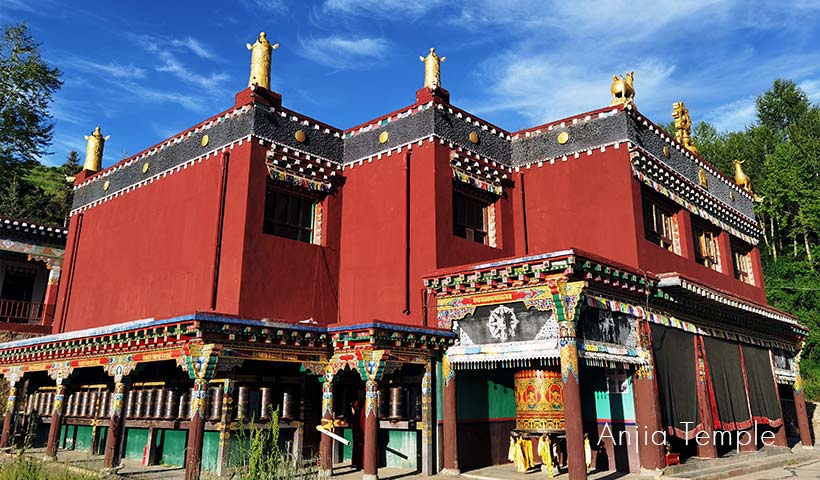 Anjia Temple
Anjia TempleWhen visiting a mosque, it is especially important to maintain good hygiene. Do not spit on the ground, litter, smoke, sing, or shout loudly. The atmosphere must be kept solemn and respectful. The main hall of the mosque is generally not open for casual entry; if you wish to enter, you must seek permission from the management.
When visiting a Buddhist temple, do not touch Buddha statues, murals, ritual instruments, or other sacred objects. Avoid gesturing or pointing at Buddha statues, making negative comments, or making loud noises. Do not take photos without permission from the staff. When spinning prayer wheels or lighting incense to worship, always move from left to right, never in reverse. It is disrespectful to touch the heads or hats of Tibetan people or monks, and papers with Tibetan writing should not be thrown away carelessly or used as toilet paper. Stones with Tibetan inscriptions should be placed in a clean area and should never be struck or broken.
In Tibetan areas, do not casually chase or harm cows or sheep marked with red, yellow, or green tags, as they are likely used in religious ceremonies. When entering a Tibetan home, do not step on the door threshold, spit in front of others, or sit with your back to the Buddha. If a Tibetan person sticks out their tongue, it is a sign of respect, not mockery.
If you see butter lamps used for Buddhist offerings in a Tibetan home, do not light them with fire for smoking or destroy the candles. Always keep the area in front of the Buddha statues clean and do not use your own utensils to draw water from water containers. Do not enter a tent and make gestures, gossip, or point fingers, and never direct your feet toward a stupa, sneeze, or speak foul language in front of sacred objects.
Customize Your Unique Summer City Xining Tour
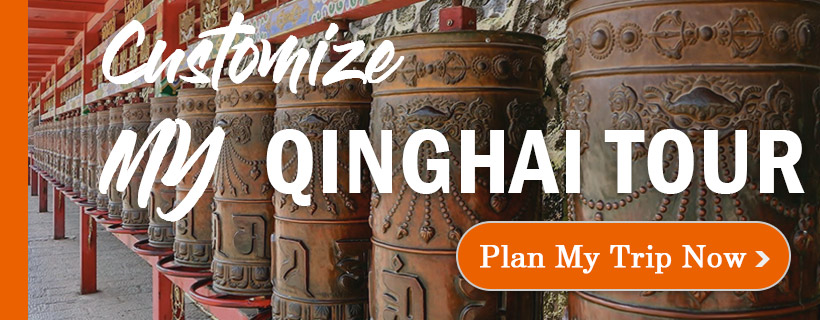
If you are interested in the Xining itineraries mentioned above, please contact us, and we will be happy to customize it and provide a quote tailored to your preferences.
Alternatively, if you would like to customize your Xining Tour, please visit our Xining Tour Customized Center. We assure you that you will receive a reply within 24 working hours.
Informative Articles for Your Xining Trip
 Prayer Flag
Prayer Flag- Travel Guide: attractions, weather, hotels, food, etc.
- Weather: the best time and seasons to visit Xining
- Top attractions: sightseeings to watch in Xining
- Local culture: brief history, folk culture, festivals, etc.
- Top destinations: best places to visit in Xining
- Travel itineraries: itineraries for your reference
- Unique perspective: top interesting things to do
- Local food: what to eat while traveling in Xining
- Luxury hotels: accommodation to stay in Xining
- Xining Tours: customized tours for your reference
GREAT FAMILY CHINA TOUR
JULY 2024 We wanted to thank Grace at China Culture tour for organizing a great tour of China. We enjoyed our Beijing - Xian-Chengdu -Guilin -Yangshuo - Shanghai trip. Our local guides Bruce in Beijing, Susan in Xian, Jane in Chengdu, Mike in Guilin and Mary in Shanghai took care of us…read more details »
Teng Han L from SINGAPORE
Ready to Create a Unique Dream Travel?
